What do you do to keep your home in top shape? Do you have any hacks for doing tasks as efficiently as possible? Regular house cleaning isn’t enough; we sometimes tend to skip routine maintenance tasks in our homes, often to its detriment. You might think of maintenance as replacing light bulbs or unclogging the toilet every once in a while, but it’s much more than that!
Your home is probably one of your biggest investments so maintaining it is a must! And yet, you may find yourself neglecting your home amidst all the tasks you have to manage on your day to day-to-day list. And these small tasks eventually grow to become bigger problems and lead to an unhealthy environment. Just like regular oil changes for your car that help keep your engine happy and healthy, keeping up with regular home maintenance tasks will keep you from future headaches and wasted money.
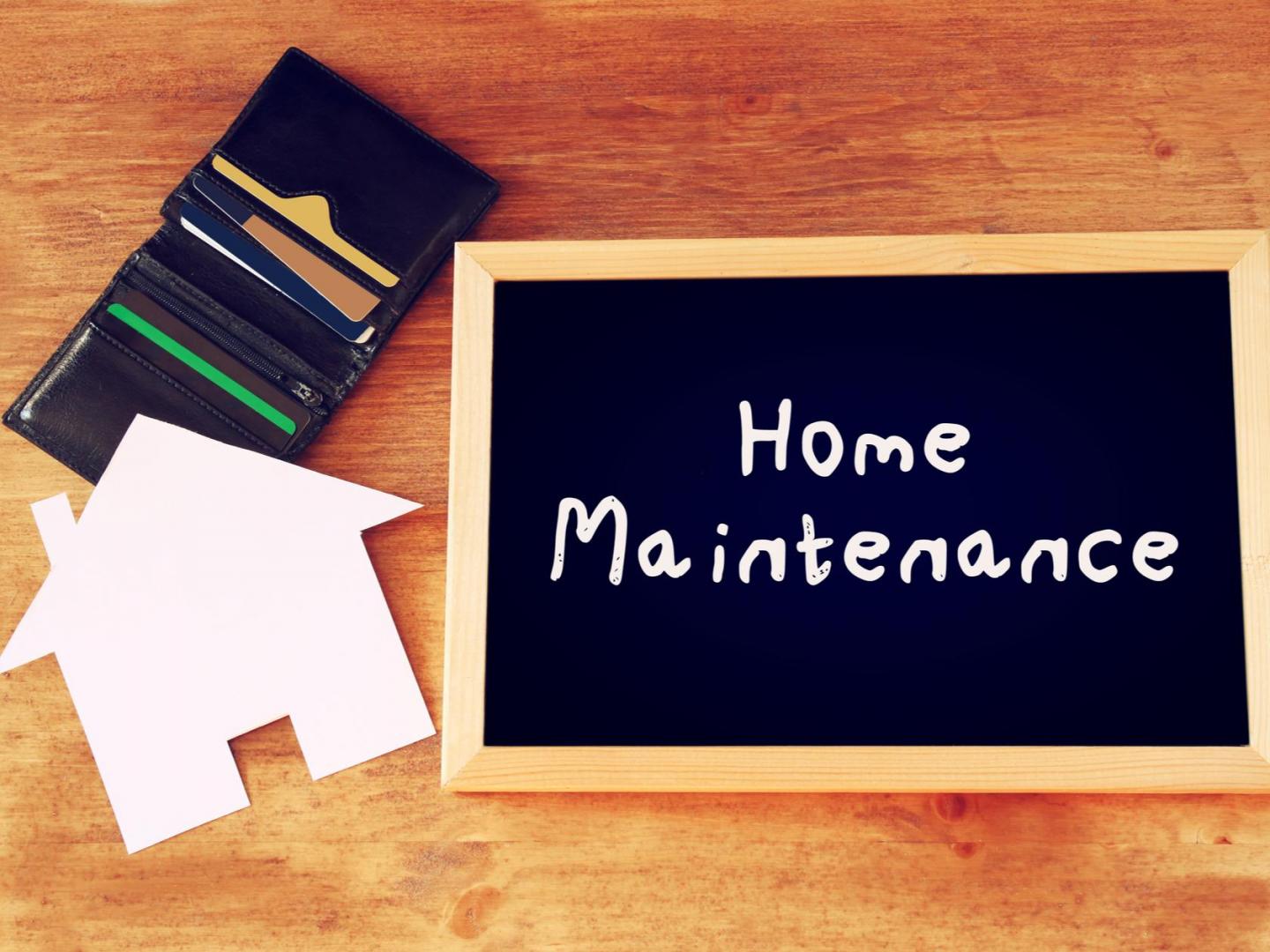
Keep a home maintenance checklist that includes thorough inspection of your essential appliances. As small as they seem, performing tasks like checking your dryer or roof helps to keep things functioning as they should and can prevent you from financial headaches down the line. Luckily you can do many of the tasks on your own without too much experience being required. Check out this handy list to make sure you’re keeping your systems and appliances running longer and functioning as they should.
1. Flush Sediment Out of a Water Heater
Taking care of a hot water heater is a good idea. That is, unless you enjoy climbing under a cold stream of water in winter! If your heater contains sediments they will eventually create hot spots which can result in stop working. You can easily drain some water from the heater by attaching a drain or garden hose to the drain valve. This process will ensure your heater doesn’t break before its time.
2. Clean Out Rain Gutters
Cleaning your gutters on the roof is an essential part of maintaining your home. Focus on cleaning out dirt and debris before winter rolls around. Do this especially if leaves are stuck in, because it can cause a mound of problems when it rains. You can clean up the gutter by using a wet or dry vacuum, with curved attachments and vacuum hose.
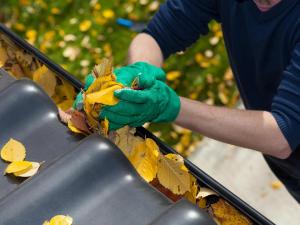
3. Sanitize Brooms and Dustpans
One thing that we don’t care so much about is cleaning brooms and dustpans. But actually, it’s recommended that you clean your sweeper every three months or so, and even more frequently if you’re sweeping especially dirty areas. Not cleaning them can spread germs and allergens. It’s also a good idea to knock out some of the dust on a hard surface every now and then between cleanings. You can simply comb the broom, use a vacuum hose, or give them a good wash in a soapy solution and let it dry before you use it again.
4. Sharpen Garbage Disposal Blades
An effective household maintenance tip is sharpening garbage disposal blades. Adding greasy food wastes into the disposal unit will make the shredder rings blunt because these substances tend to stick between its teeth. Put some eggshells in and run the disposal. Then, if you want to naturally deodorize your garbage disposal, drop in a few small lemon chunks, too!
5. Clean the Dryer Vent
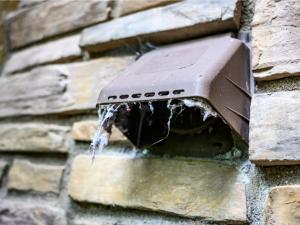
Routine maintenance of the dryer vent could save your home from having a fire, because if your lint trap has dirt stuck in it and stays like that for long, air not circulating will create excess heat buildup and things can get out of hand really quickly. To clean the vent, follow these simple steps;
- Locate your duct
- Safely disconnect the dryer
- Use vent cleaning kit and clean
- Tidy up, reconnect everything
- Do a trial run
For deeper cleaning, you can use a large brush to clean out the dryer vent duct.
6. Whiten Yellowed Pillows
A soft and clean pillow is the best friend to a good night’s sleep. But pillows are among the most-used objects in your home. Think about it — every night when you use your pillow you leave behind hair, dead skin, and dirt. You can imagine that over time, this dirt will begin to build up, leading to once-pristine pillows turning yellow.
The good news is that not only can you breathe life back into your pillows but doing so is really simple! Simply wash them as you would regular laundry; just remember to add some detergent mixed in with hydrogen peroxide and vinegar before running the cycle to deodorize and whiten everything.
7. Inspect Your Shingles
Walk around your home’s exterior and take note of the roof. A roof inspection is one of those preventative maintenance jobs that’s easy to overlook. Roof issues can be different and super problematic, like leakage, damage to the drip edge and rotted wood. These issues can grow fast, changing from minor annoyances to major concerns. You can check for some simple things such as;
- Cracked caulk or rust spots on flashing
- Shingles that are buckling, curling, or blistering
- Missing or broken shingles
- Cracked and worn rubber boots around vent pipes
- Masses of moss and lichen
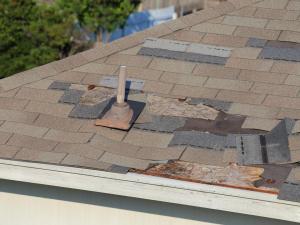
8. Air Conditioning Upkeep
Regularly checking your air conditioner is essential. In summers we often face issues like low refrigerant, filter clogs, dirty coils, or fan problems. If your AC filters clog with dust or dirt it can cause unit failure. Keeping air conditioners outdoors can result in grass or weeds growing in its openings. In short, regular inspection of the filter in these ways can save you time — and money — this summer.
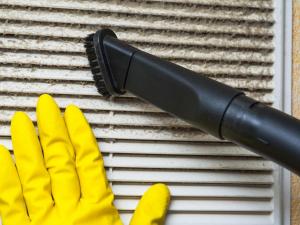
9. Furnace Upkeep
And if you are already in summer, it might sound crazy but you probably need to check your heater! After cleaning the vent, duct, and blower you can clean and replace filters if needed. Electronic furnace filters can be hosed down and cleaned easily, just ensure you are working under safe conditions otherwise call a professional.
10. Deep Clean Toilet Siphons
Every once in a while you can clean toilet siphons by pouring vinegar into the toilet tank. Try it overnight so that the vinegar sits in the rim of the siphons. You’ll wake up to a better running toilet — you’re welcome!
11. Test Smoke Detectors
Smoke detectors and fire alarms may be some of the most important items in your home when it comes to your family’s safety. The testing of the smoke detector is quite obvious, all you need to do is press and hold the button on the smoke detector to see whether the detector beeps and makes noise. But depending on the type of detector you may also have to check manually by lighting matches, blowing them out and holding them under the detector so the smoke drifts toward it. Now you can check if it’s working or not based on whether the alarm goes off or not. See? Simple!
12. Clean Refrigerator Coils
If your refrigerator runs but is not cold enough, you may need to clean your condenser coil. It is recommended that you clean refrigerator coils once every six months or year. Turn off the refrigerator, remove the grill if needed, then use a refrigerator coils brush to remove any dirt, pet hair, and grease. This will ensure coils exert less energy and keep your utilities under control.
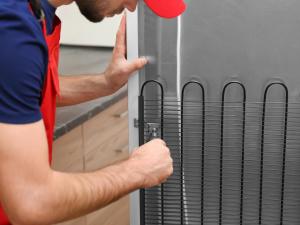
13. Clean Your Porcelain Sink
White and colored porcelain sinks require different types of cleaning. Try a baking soda and warm water solution and get scrubbing with a sponge soaked in that solution. It will add charm and luster to your bathroom or kitchen, and it’ll smell fantastically fresh, too!
14. Clean Bathtub Grime
If you have an acrylic and enamel tub with grime, you can use lemon juice on it for ten minutes but for a porcelain tub, you can try nail polish remover instead of buying expensive store-bought products.
15. Reseal Stone Surfaces
Natural stone usage for countertops in the kitchen or bathroom is trending nowadays. But if you’re thinking about this investment then be prepared for sealing every year. You’ll need to buy a suitable sealer for your stone and apply the recommended number of coats. After the sealer is dry, use a dry towel to wipe away any extra sealer.

16. Clean Your Chimney
When wood burns, it releases a host of contaminants that coat the inside of your chimney. Creosote forms and it condenses on the inside of the chimney, which can lead to harmful fumes or worse, fire. In order to remove these contaminants you may require a few more supplies such as protective goggles, a ladder, a large chimney brush, and enough plastic sheeting to block off the fireplace. If this sounds like a lot, seek professional help — we promise we won’t judge you!
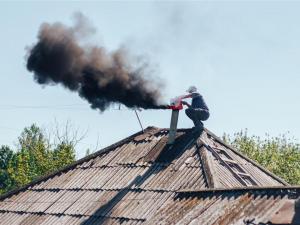
A home operates with the seasons, coming to life in the spring and hunkering down for the winter. Follow this natural arc all year long, keep on top of the small stuff, and your house will run like a well-oiled machine.
